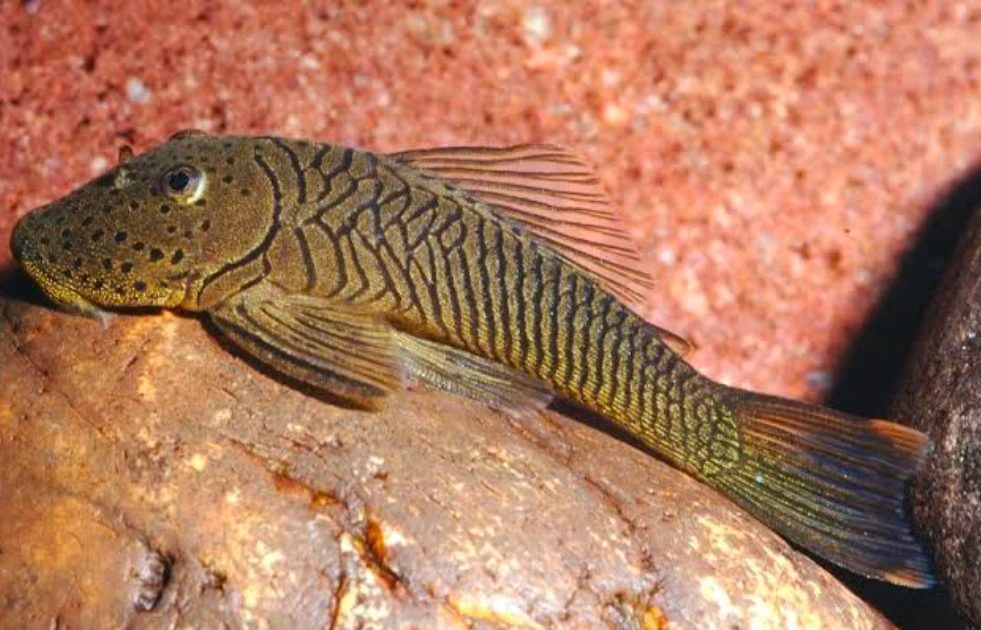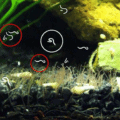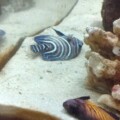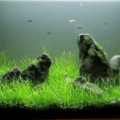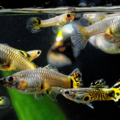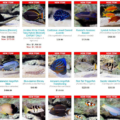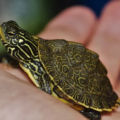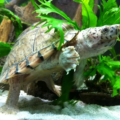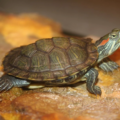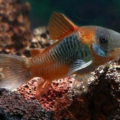Long-term care tips for the delicate Chinese Pond Turtle suitable for aquarists of all levels. Including identification, tank setup, healthcare, special breeding instructions, and much more. Check it out!
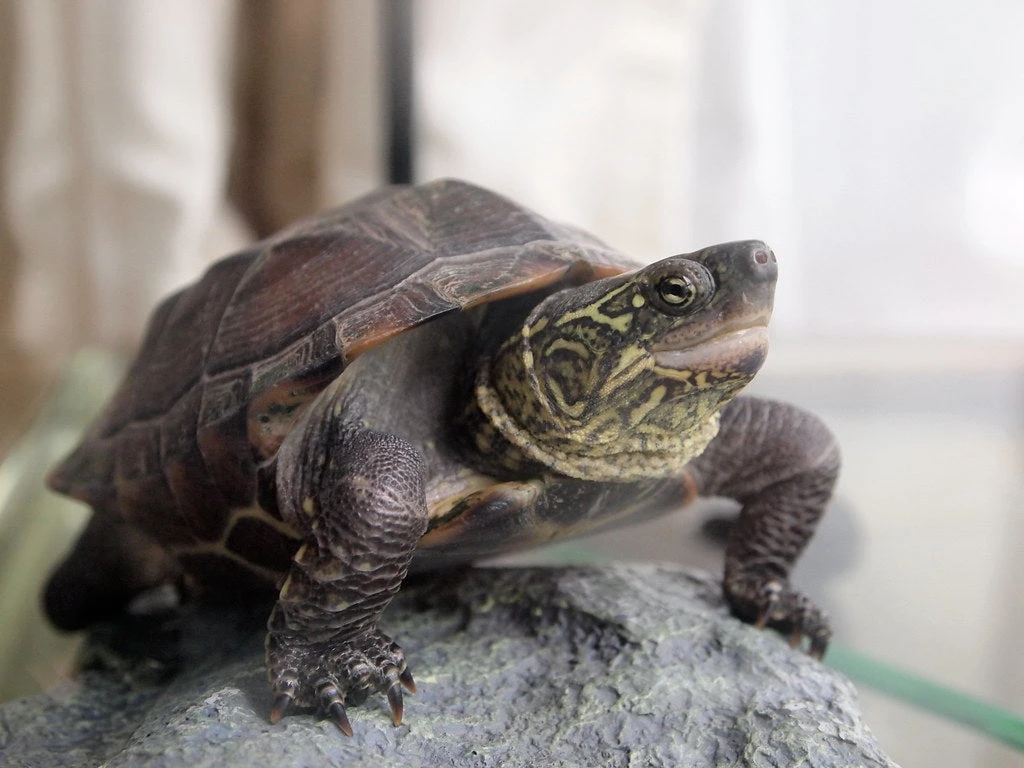
Introduction
If you love having a piece of history and your modern hobby, you will cherish the Mauremys reevesii freshwater turtle. This ancient species traces its origin to the Asian waters of China, Korea, Japan, and Taiwan.
Despite their age-old existence, Reeves’ turtles are a durable, low-maintenance, easy pet turtle for aquarium owners of all levels. Beginners can manage their 12 – 15 inch size for 20 to 30 years while enjoying their company. This guide contains a complete Reeves’ Turtle species profile to help you give your pets the best life outside their natural habitat.
Author’s Note: Check out our post The 14 Types of Freshwater Turtles for even more great semi-aquatic pets!
Setting Up the Perfect Habitat for Reeves’ Turtle
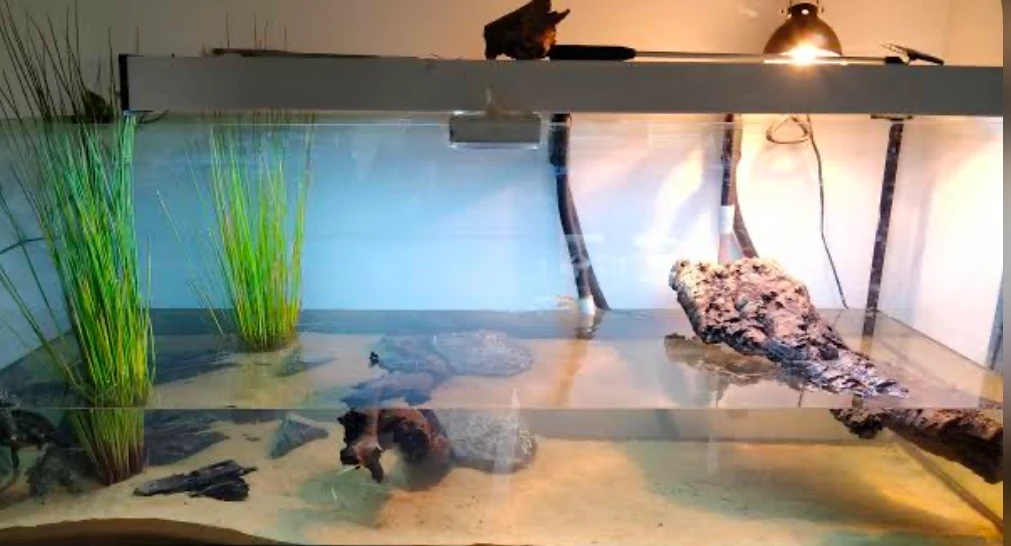
Let’s create a functional and comfortable Mauremys reevesii habitat design suitable for aquariums and outdoor ponds.
Tank Size Recommendation
The first step is to measure the right size for your Reeves’ Turtle tank setup, which will be your turtle’s new home.
Get a minimum tank size of 40 gallons with shallow to moderate water depth for a single adult Reeves’ Turtle. Add 10 gallons more for every extra turtle or other species in the tank, while juvenile Reeves’ Turtles need at least 20 to 30 gallons for comfort.
Water Parameters
Because this species is a poor swimmer, maintaining a water depth 1.5x its shell length with moderate flow is ideal.
Maintain the following water parameters:
| Temperature | 75 – 82°F Water | 80 – 85°F Basking Area |
| Condition | Dechlorinated |
| PH | 6.0 – 8.0 |
| Depth | 18 – 22 inches deep |
Author’s Note: Knowing Why your turtle tank water turns green? (Cause & Fixes) will be useful in the upkeep of your turtle’s enclosure.
Basking & Lighting
Turtles need dry areas where they can rest and bask in the heat. It helps them regulate their temperature after swimming and strengthens their bones and shells.
Provide a stable basking platform, such as driftwood, floating docks, or cork barks, with access to direct UVB lighting and heat lamps.
For a more in-depth guide on choosing the right heat and light combo checkout our post below,
Substrate & Decor
Reeves’ Turtles are delicate pets who don’t need substrates, so you can keep the tank’s floor bare. However, substrates like fine sand or smooth river rocks can be used to give the setup a more natural habitat look.
Decor isn’t optional, though. Add live plants for beauty and interaction, driftwood for climbing, floating plants for feeding and shade, and caves for hiding.
Filtration Needs
Use moderate-flow biological filters to keep the water clean always. Canister filters work best for large tanks, while Hang-on-Back filters are okay for medium to small tanks.
Avoid internal filters unless they’re temporary choices for breeding or hospital tanks.
You’ve crossed the first line of turtle keeping with these aquatic turtle tank essentials. Now, let’s look closer at your new companions.
Behavioral Traits of the Reeves’ Turtle: What to Expect
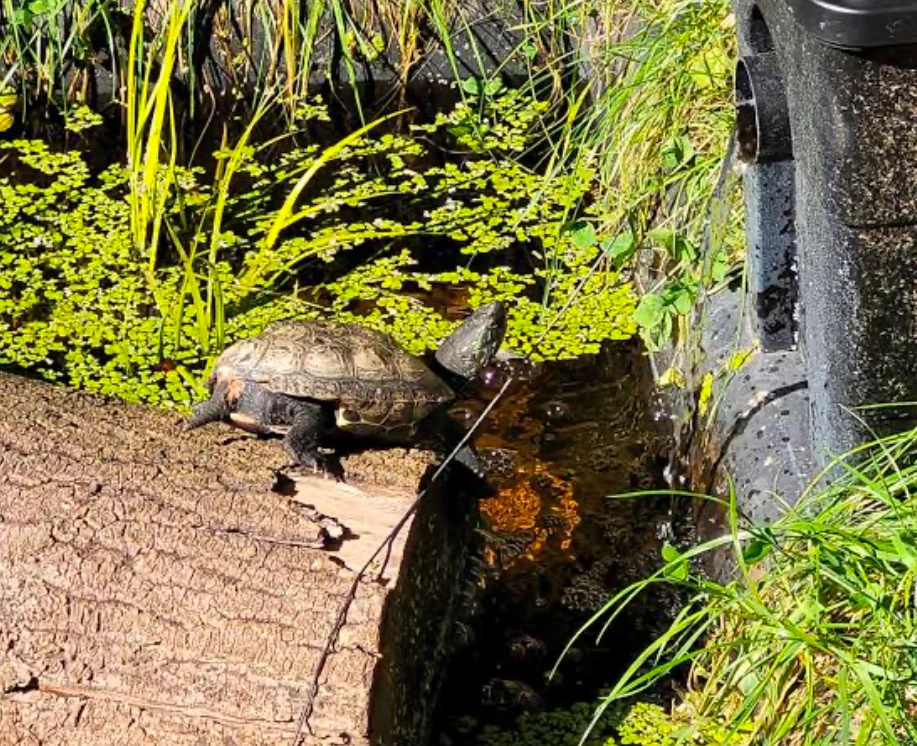
This breakdown of Reeves’ Turtle behavior patterns, such as their semi-aquatic lifestyle, moderate activity level, and temperament, will help you successfully keep them in an aquarium or outdoor pond.
Day-to-Day Activity
Mauremys reevesii’s activity level is naturally high because of their intelligence.
Reeves’ turtles sleep underwater and rest in shallow areas. It’s normal for them to float for some hours, but watch out for constant floating. It could be a sign of illness.
This species prefers walking along the bottom of the tank or pond, basking frequently, exploring their environment, and interacting with their owners.
Author’s Note: Check out the 8 Best Toys for Pet Turtles to Play With for more ways you can interact with and stimulate your pet turtle.
Interaction with Humans
Like most turtles, Reeves’ species don’t like handling, but over time, they’ll become tame and receptive to your touch. Don’t overdo it, though, as they may become uncomfortable. Limit handling to necessities like health and wellness checks.
Because of your pet turtle’s temperament, they live best alone but may tolerate specific species under careful supervision.
Compatible Companions: Tank Mate Tips for Reeves’ Turtle
To build a harmonious community for your Mauremys reevesii, you must select only peaceful aquatic species for turtles and provide suitable living conditions for the group.
Ideal Tank Mates
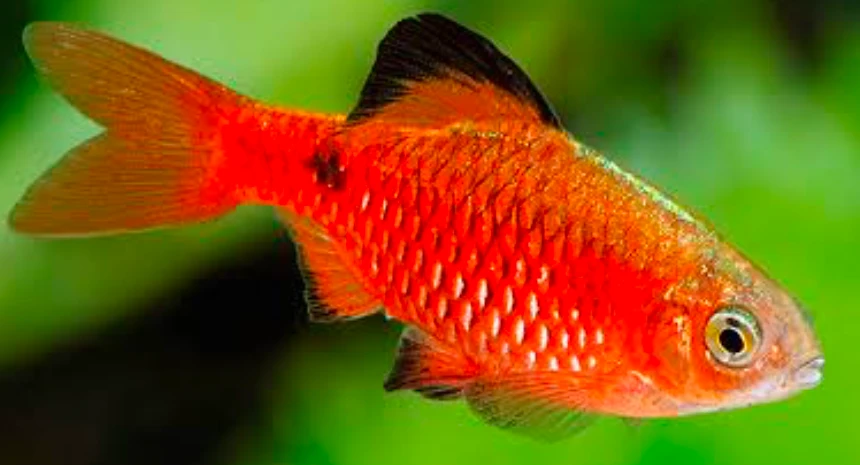
Ideal Reeves’ turtles tank mates include other Reeves’ turtles, preferably females, and large and fast fish like Congo Tetras and Rosy Barbs.
You can add snail species like Mystery and Nerite, large Plecos like Rubber Lip and Bristlenose, or peaceful freshwater shrimps like Amano and Ghost shrimp for their algae-eating habits to keep the tank clean.
But add tankmates with caution to reduce the risk of your Reeves’ turtles eating their companions.
Species to Avoid
Altogether, avoid aggressive tankmates.
Group Housing
You should only keep your Reeves turtles with other companions if you have a large enough tank with separate basking areas for each adult turtle.
When measuring turtle and fish compatibility, consider their size and temperament to minimize aggression and predation.
Nutrition Guide: What to Feed Your Reeves’ Turtle

Here’s a breakdown of what to feed aquatic turtles to ensure healthy growth and shell development.
Diet Essentials
A balanced and complete Reeves’ Turtle diet plan must contain animal and plant matter since they’re omnivores.
Feed them insects and worms for protein, aquatic plants for gut health, and commercial pellets as staples with multiple nutrients.
Author’s Note: Check out our Complete Guide To Turtle Food: What To Feed And Why It Matters for detailed food recommendations!
Feeding Frequency
Although they’re all messy eaters, adults, and juvenile turtles feed differently because of their age and needs. Feed juveniles daily with a protein-rich diet because they’re still developing, while adult turtles may eat more plant-based foods 2 – 3 times weekly.
Supplementation
Your Mauremys reevesii nutrition is incomplete without calcium sources and vitamin supplements for optimal shell health. Add cuttlebone or calcium powder and Vitamin D3 to their meals.
Reproduction & Breeding Behavior of Reeves’ Turtle
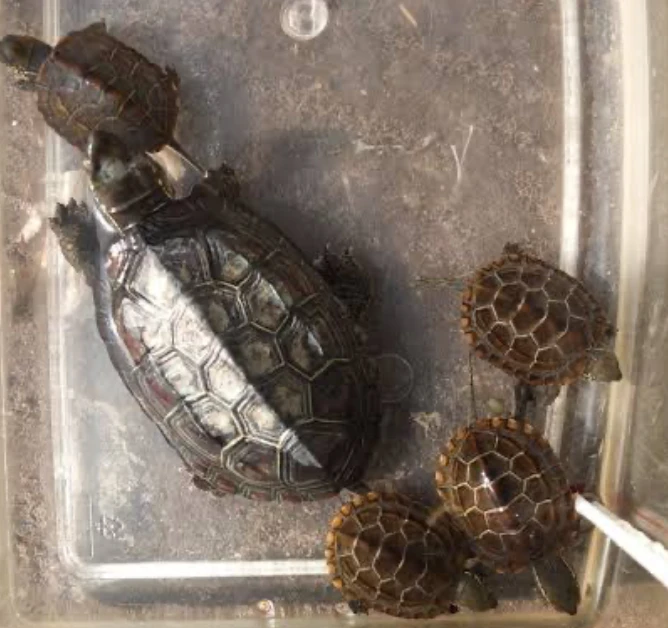
Breeding Mauremys reevesii is serious business that requires careful practices, from studying their breeding habits to courtship and hatchling care. If you care about seeing your juvenile Reeves turtles grow into healthy adults, follow these responsible breeding tips.
Courtship Behavior
Male Reeves’ Turtles are smaller than the females and have longer, thicker tails. They chase the females around the tank and nip at their fleshy bodies, whether it’s the neck or legs.
If the female accepts, the male will mount her and mate for 10 – 30 minutes.
Nesting Needs
Provide a nesting box with a 12-inch deep damp sandy-soil mix and a warm 80 to 85°F temperature.
Anything below meeting these specifications will cause your female Reeves’ turtle to become egg-bound.
After laying her eggs, you must carefully move them into an incubator.
Egg Incubation
Don’t flip the eggs when incubating them. Mark the top and place them carefully in the box, with the top facing upward. Reeves’ Turtle eggs incubation lasts 50 – 80 days.
The temperature may range from 80 to 86, depending on your preferred sex.
| Mixed Sex | 82 – 84°F |
| Male Only | 80°F |
| Female Only | 86°F |
Hatchling Care
When the eggs hatch, there are two parts to freshwater turtle hatchling care to ensure healthy growth.
Provide an optimal environment with 75 – 82°F temperature water, 1-2 inches water depth, and an accessible basking spot heated with UVB lighting.
You can use an interior filter to keep the water clean daily but set its flow to moderate or low pressure. To prevent bullying, adults and babies shouldn’t be in the same tank.
Common Health Concerns & How to Avoid Them
Most Reeves Turtle health problems result from poor maintenance, whether environmental, physical, or dietary. Look out for signs of turtle illness and immediately treat them before they become fatal.
Shell Issues
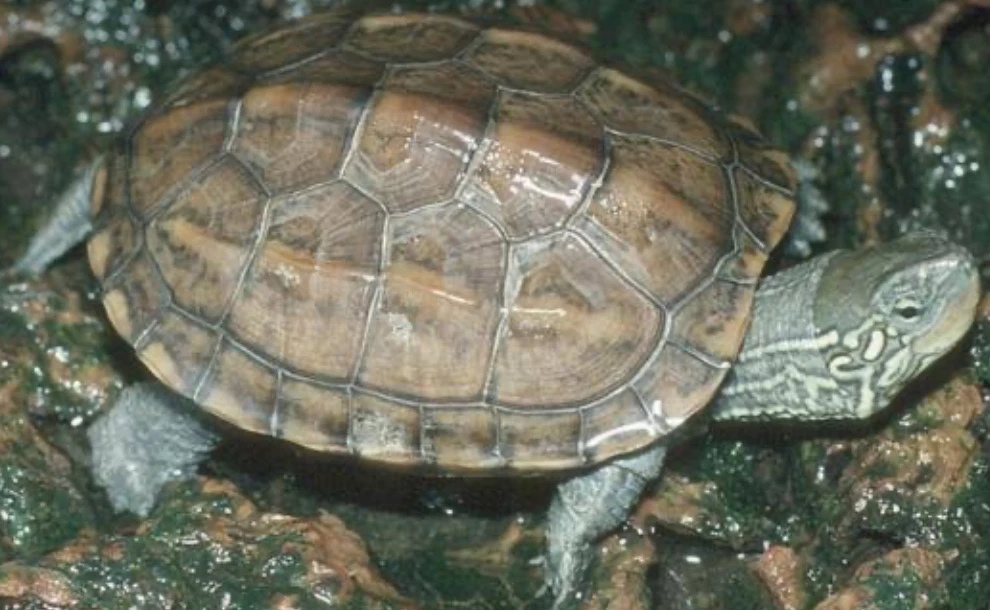
Monitor your pets’ shells for defects like pyramiding, softness, or rotting. Pyramiding and soft shells are defects from poor diets, especially lacking calcium, while shell rot is a bacterial disease.
Improve their diet and use antibacterial products depending on the illness.
Respiratory Illness
Low temperatures or poor water conditions can lead to respiratory problems like fever, hypothermia, or hot flashes. Always regulate the water temperature between 75-82°F and the basking area temperature between 80-85°F.
Skin & Eye Problems
Other skin and eye defects come from a lack of UVB lighting or vitamin deficiencies from A to D3. The ideal UVB light bulb is 5.00 which allows vitamin D3 synthesis to occur naturally, preventing or reversing Metabolic Bone Disease and other health problems in Turtles.
Scroll up for more Mauremys reevesii disease prevention tips like providing optimal habitats and food.
Lifespan & Long-Term Care Essentials
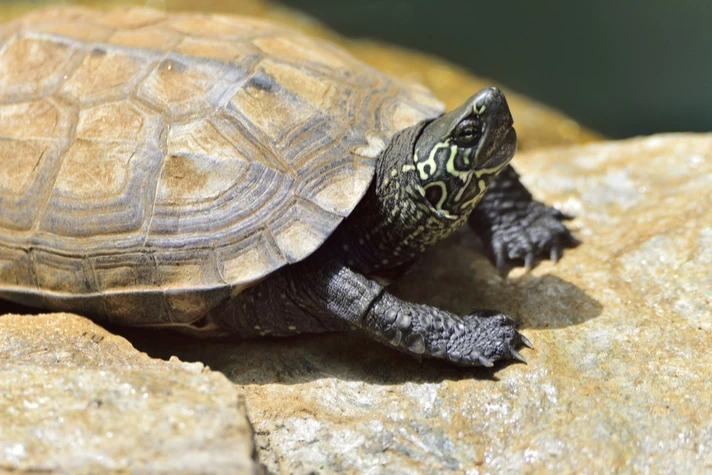
Your Reeves’ Turtle’s lifespan can stretch between 20 – 25+ years with proper care. If you’re considering long-term turtle ownership, you must adjust their diet, upgrade their tank, and perform periodic health monitoring as they age.
Growth Considerations
If you started your pet’s journey from the hatchling stage with a 20 — 30-gallon tank, you must upgrade to 40+ gallons per adult turtle as it ages.
Care Routine
During their first two years, turtles need consistent feeding, filtration, and UVB lighting. Scroll up for recommendations on breeding a Reeves’ turtle hatchling.
Aging Signs
Observe appetite, activity, and shell condition changes when caring for older turtles. They eat more plant-based foods, are less active, and spend more time basking.
Conclusion: Is the Reeves’ Turtle the Right Pet for You?
Are you already in love with this beginner-friendly turtle species? Do you agree that owning a Mauremys reevesii is a worthy challenge? Then, there’s work to do!
This species may be low-maintenance, but it’s a long-term commitment if you choose it for your aquarium or pond. Thankfully, Reeves’ turtles are durable, have a unique appearance and charm, and meet practical care needs, making them the best freshwater turtles for home aquariums.
So, go ahead and get yours today and share your experience in the comment box below.

